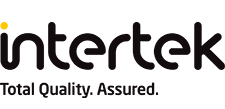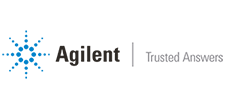CONFERENCE OVERVIEW
One of the most important phases of the biopharmaceutical development process is the evaluation of extractables and leachables. Regulatory bodies are particularly concerned about the interactions of pharmaceutical products with container closure systems, drug delivery devices, and bioprocess manufacturing systems. Therefore, it is crucial to carefully evaluate the migration of mobile molecules from the materials and components used in the production and storage of pharmaceuticals.
We host a virtual conference where scientists, toxicologists, and E&L managers may exchange ideas about the most recent analytical approaches, regulatory updates, risk-based E&L programs, chemical characterization, and toxicological risk assessment. We also discuss analytical and safety thresholds, medical device materials, ISO 10993-18, and customized systems for various product kinds.
Come to our event and discover the latest approaches for extractables and leachables analysis and testing. This should help you greatly reduce the risks connected with E&L while also ensuring patient safety and product integrity.







































































